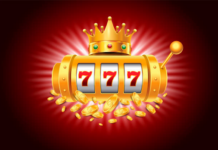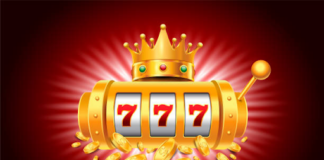Here’s a cool new method to help you remember the shorthand for the electron configuration of atoms, molecules, and molecules and molecules of other substances. Each atom, molecule, and compound has its own unique shorthand that you can use to remember the overall shape, size, and the basic properties of each atom, molecule, or compound.
That is, if you were to remember it, you could also remember the shorthand for the electron configuration of the atoms, molecules, and molecules of other substances.
Electron configuration is a great way to remember the shape, size, and basic properties of a molecule or a compound of a certain element. You can also use this to remember the electron configuration of the atom or compound that you have an odd question about. For example, you may be trying to remember the electron configuration of a compound that is a mixture of two elements that have the same atomic number but a different atomic mass.
If you have an odd question involving the electron configuration of an element or compound, you don’t have to go looking for the solution on the internet. It’s in my book.
This is an extremely useful tool for chemistry students, because it can help them remember what the element and compound are made of. It is especially useful for compounds, which are the building blocks of all compounds, because you don’t have to look up the full atomic masses of elements and compounds in the periodic table.
There are many compounds that do not have an atomic mass, and those are known as “weakly bonded compounds”. An element or compound that is weakly bonded (that is, not bonded with anything) is known as a “weakly bonded element or compound”.
The shorthand is also useful for describing the strength of compounds because it helps you to remember the element and compound you are looking for.
To understand the shorthand, you have to look up the atomic mass of an element. The atomic mass is the mass of the atom which is measured in grams. An atom is a particle that is made up of electrons. If you know the atomic mass of an element you should be able to understand the shorthand.
Atoms are also sometimes described as “electron clouds.” With the shorthand, you can also say “the weakly bonded electron cloud of the element.” This means that an atom makes up its weak bonds because it doesn’t have much electrons. As an example, carbon, is a carbon atom with an atomic mass of one. It has two electrons because it has zero neutrons in it. One of those electrons is attached to a carbon nucleus, but the other two are left free.
The shorthand is a little confusing because when I use it, I mean to say that all carbon atoms are made of one element. The shorthand can also be used for elements that have one or more elements in their periodic table, like the element lithium. The shorthand is also used for elements that are formed by carbon and nitrogen making up the first carbon and nitrogen atoms in the periodic table.








